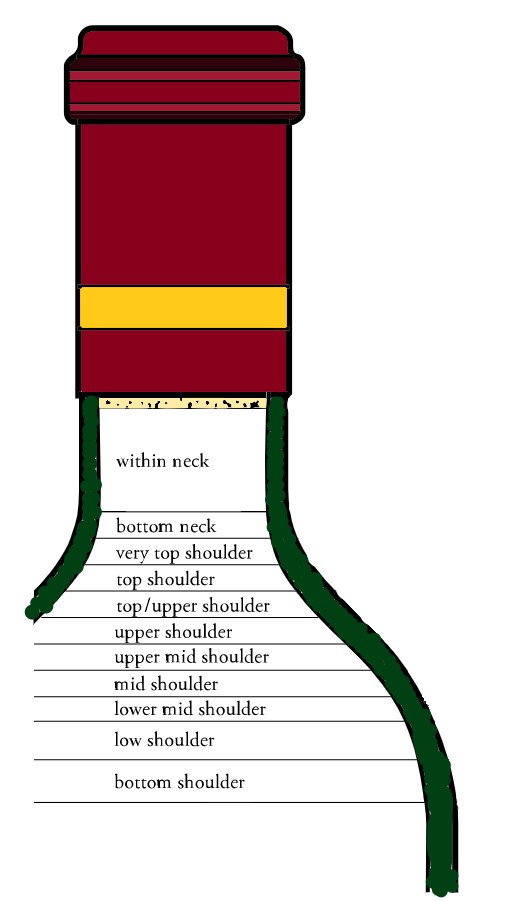“It’s best to burn old wood, drink old wine, trust old friends, and read old authors”
Francis Bacon (English philosopher and statesman, 1561 – 1626)-
Are old wines always valuable?
Recently I bought an old batch of wine. The selling party, fortunately, understood my explanation that it was pure luck if these wines were still drinkable. I offered a fair price. Unfortunately, all the wines were too far gone to drink.
Often people have the idea that old wines are worth a lot of money and they can hit the jackpot on eBay or other platforms. You can see the dollar signs in their eyes. They often think: old bottles? Then they must have a lot of value. Sadly enough I’ll have to disappoint them. A wine has to be intended to store for a longer period in order to keep it longer in the cellar. Most people don’t buy these high-quality wines. And a Bordeaux wine? Isn’t this the kind of wine you always can keep for decades? Unfortunately, I’ll have to disappoint you again.
Actually, there are high-quality wines you cán keep for a longer period of time. In 90% of the cases, the storage life is limited and does not go beyond 5 to 7 years. A good directive is that wines with a purchase price of under €30 / 27 GBP are not suitable for long storage. And that’s a very mild estimation.
What then determines the storage time of wines?
Roughly, one could say that wines that are high in the acids, have enough tannins and have a higher alcohol percentage, are the best wines for preserving. I will tell you more about this in a next Blog.
Wine level in the bottle
If you have an old bottle of wine, usually the level of wine has dropped. That’s normal. Because of the microscopic holes in the cork, the wine can breathe. But that also means that the wine can evaporate. In the infographic below you can check the expected wine quality in your old bottle and whether or not it may have been corrupted. I cannot repeat enough: to be able to store a wine for a longer period of time the wine must be of good or even exceptional quality. If you’ve bought the wine in a grocery store at a low price, you can assume that this is certainly not the case.
Infographic wine level in a bottle

I used the internationally expressions to indicate the different wine levels in the bottle. Explanation of the terms:
Within neck: This is the filling height when filling the bottle. Normally 4.5 cm. below the capsule.
Bottom neck: If the wine has this level every wine of every year will be ok.
Very top shoulder: normal for wines of 15 years and older. If you have an old wine then this is the wine level you would wish for in a bottle.
Top shoulder: You can expect this with 20-year-old wines. If a high-quality wine of 40 years old has this level, you are fortunate.
Upper shoulder: often with wines older than 30 years. Great risk that the wine is spoiled and that you taste cork.
Mid shoulder: wines that have this level are usually not good anymore.
Low shoulder: If the wine has this level it is most certainly not good anymore.
Exceptions
I’ll have to make a small side note. Sweet wines (dessert wines, for example) and fortified wines such as Port or Madeira are better preserved by their high sugar content or alcohol content. And also distilled drinks such as Cognac or Whisky will usually not pose any problems at a lower position in the bottle.
Good advice
A wine connoisseur recently gave me good advice regarding old wines. He stated: “Do you have a bottle of old wine, and think it’s still good?…. drink it immediately and enjoy it. Why keep it in your cellar in order to wash it through the drain years later. Wines are there to enjoy! “
I can only agree with him. Cheers.
And best of luck with checking your wine bottles. Let me know if this info of mine was helpful.

